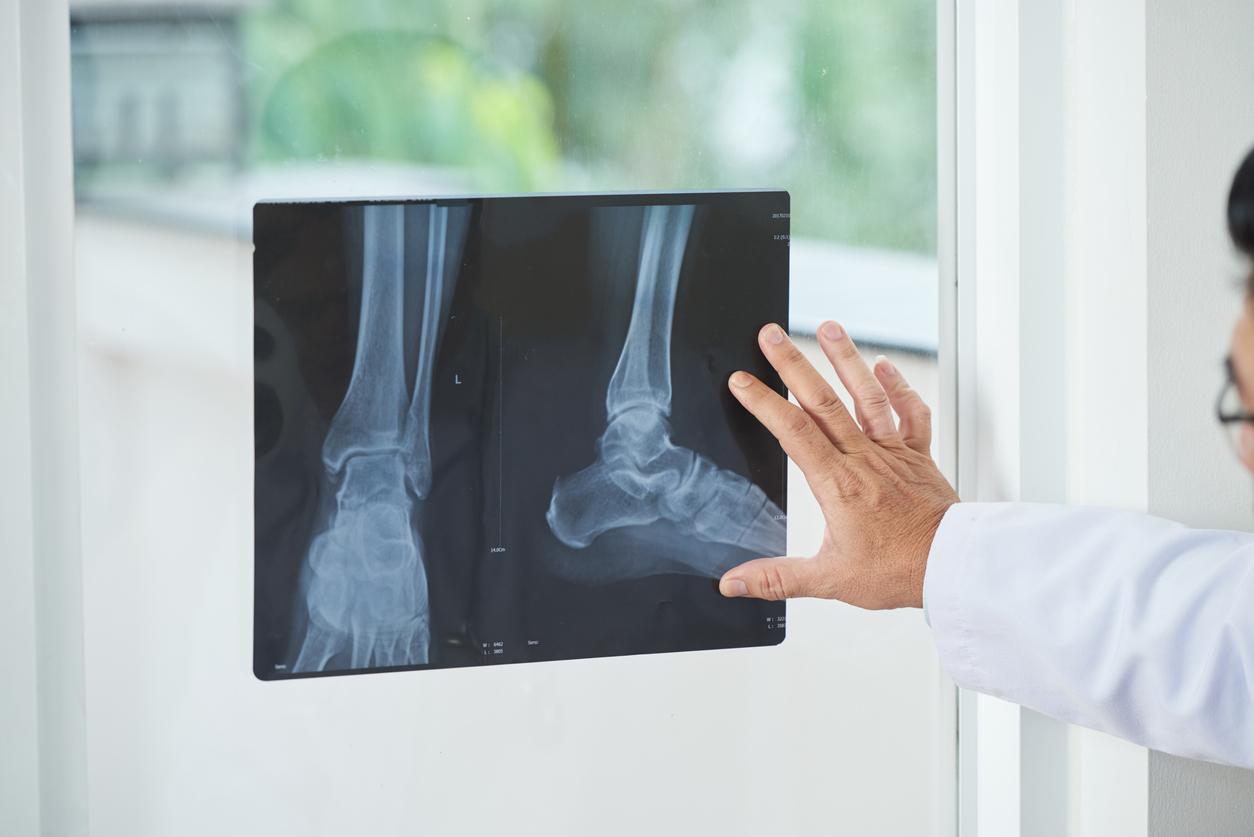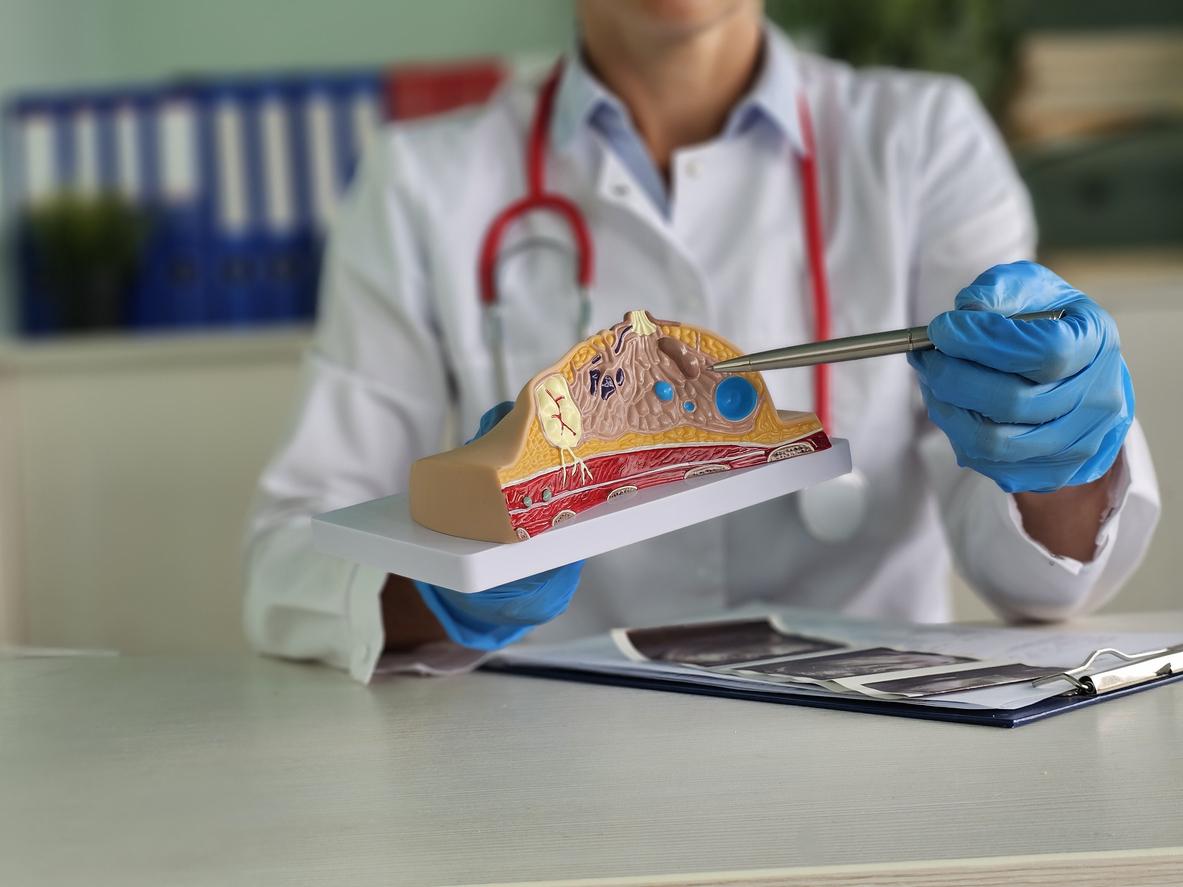When does the fitting of a knee prosthesis become inevitable?
What guides us, as surgeons, is the patient’s feelings. Does he feel any discomfort? Does he suffer? Can he still go up and down the stairs? The results of an X-ray are not enough to make us make a decision. Some people can no longer bear the pain after a few months, others take 10 years. So it’s case by case.
It is possible to delay the operation by implementing lifestyle and dietary measures, in particular by working on joint flexibility and controlling aggravating risk factors such as overweight. By losing 5 to 10 kilos, patients would see their level of pain decrease considerably. The risk of infection and pain on the prosthesis would also be reduced.
In all cases, drug treatment is prescribed as first-line treatment. Analgesics reduce pain, anti-inflammatories reduce inflammation. Infiltrations of corticosteroids or hyaluronic acid can be performed as well as physiotherapy sessions (to work on flexibility and reduce pain). When this treatment proves ineffective and the patient’s quality of life is impaired, the operation is considered. But I tend to say don’t rush.
Does fitting a knee prosthesis work well?
The average age at the time of the operation is 65-70 years old. 90% of people are very happy with their operation. Patients regain mobility and indolence very quickly. They can walk properly again and drive after a month, work after a month or two (except for certain very physical trades, such as masons) and return to more intense physical activity after two or three months.
It is estimated that after three months the knee has recovered 80% of its potential, the rest in the following year. However, it must be accepted that a prosthesis will never replace the initial joint. Some people do not see a difference, others, on the other hand, feel a little discomfort, especially when kneeling. Unfortunately, the outcome cannot be predicted. It depends on the performance of the prosthesis, but also on the patient’s age and physical condition. Note that after twenty years, 92% of prostheses are still in place. The earlier it is installed, the greater the risk that it will need to be replaced.
How is a knee prosthesis fitted?
The intervention itself lasts one hour. But between anesthesia and leaving the recovery room, it takes three hours in the operating room. It is a “routine” operation for an orthopedic surgeon specializing in prosthetics.
Only the cartilage and certain ligaments are replaced to reproduce the characteristics of the knee, as before osteoarthritis. Concerning anesthesia, two possibilities: either the patient sleeps (general anesthesia) or only the legs are anesthetized (spinal anesthesia). A local anesthesia is added to this which prolongs the indolence of the knee during the first days and allows the patient to quickly regain his mobility.
Taking analgesics, anti-inflammatories and anticoagulants is necessary after the operation. It is usual for the knee to swell and be tender for the first few days. All these details are explained to the patient beforehand during information meetings and through the booklets provided by the healthcare team, so that the patient is an actor in his care: he has the leading role!
And what about rehabilitation?
Rehabilitation begins on the day of the operation. Only a few hours after the procedure, the patient can walk and bend the knee. The challenge is for him to regain his autonomy as quickly as possible. For the first few days, do not hesitate to walk with a cane, even over short distances. It may be noticeable, but it’s nothing to worry about.
The result of the intervention depends, in my opinion, at 50% on the will of the patient and the exercises he will do daily. The physiotherapist is there to support him with 2 to 3 sessions per week for the first few weeks. During the first month, he will work on making the joint more flexible. It is only in a second time that it will help the person to re-muscle. When the patient lives alone or has a lot of stairs to climb and descend, he may ask to go to a convalescent center for a month.
Our expert: Dr Simon Marmor, head of the orthopedic and traumatological surgery department of the Diaconesses Croix-Saint-Simon hospital group (Paris)


















